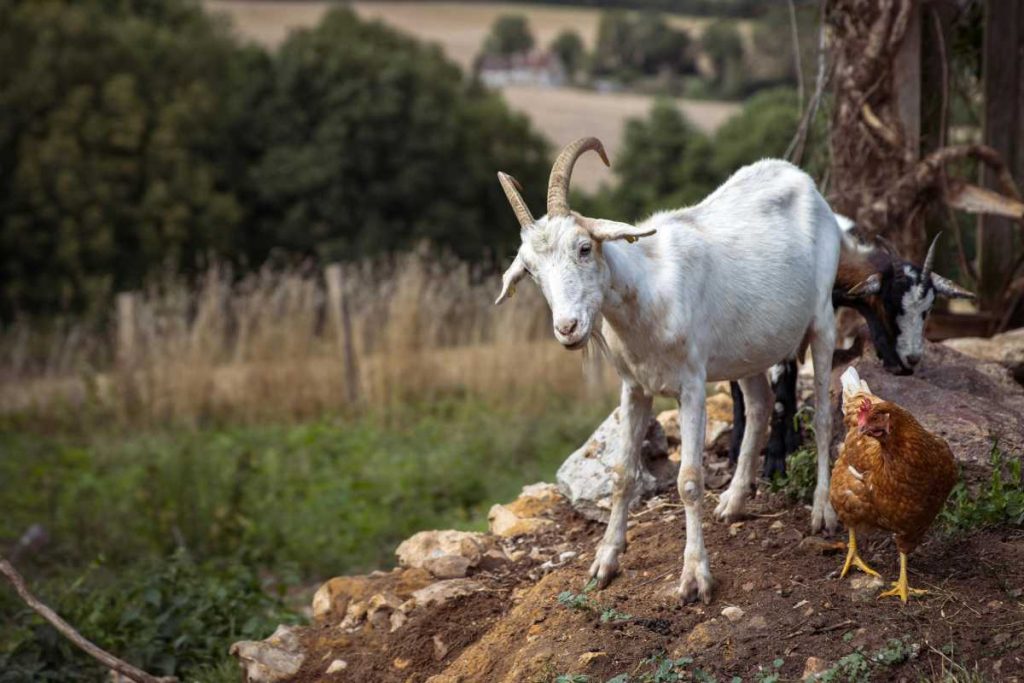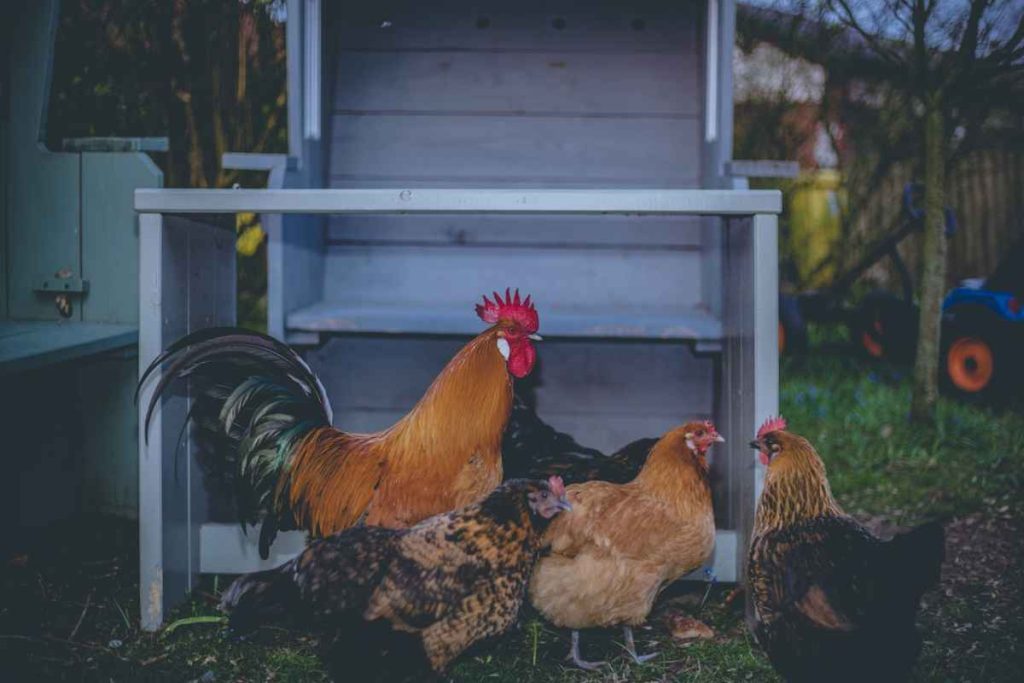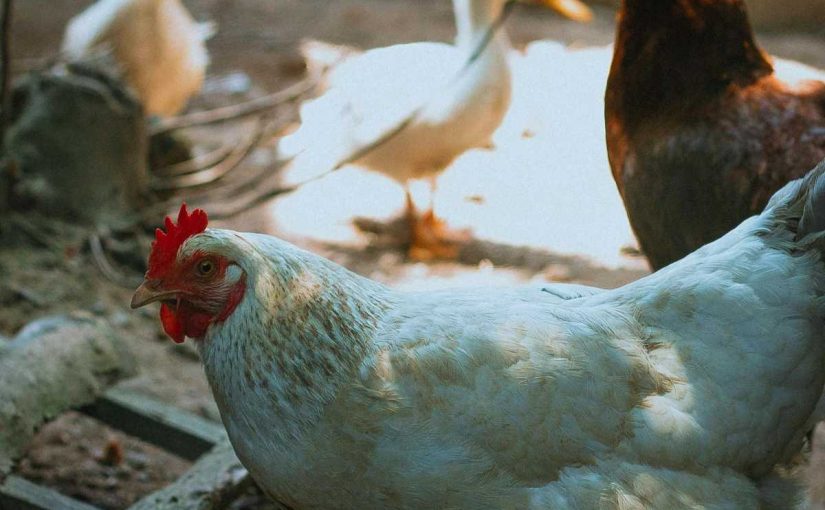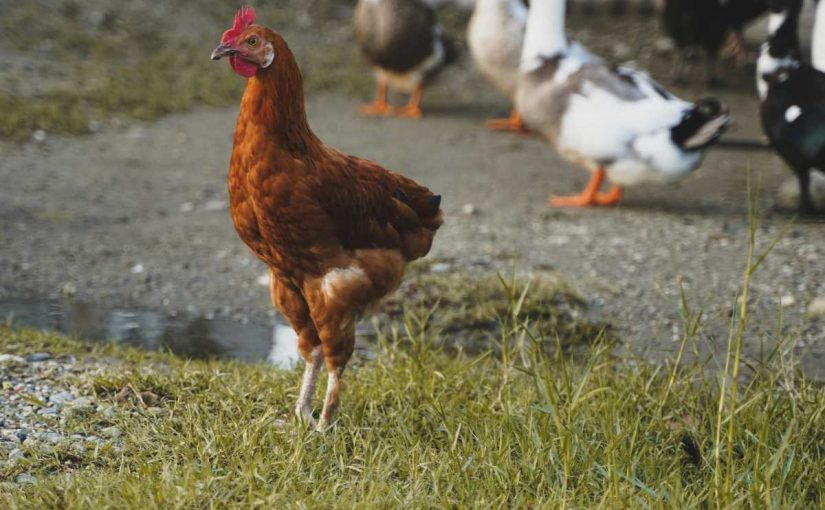Integrating chickens with other livestock can create a harmonious farm environment that maximizes productivity while promoting animal welfare. Chickens not only provide eggs and meat but also offer pest control and manure that can enrich the soil for other animals. However, successful integration requires careful planning and management to ensure that all species thrive together. Here are some practical tips and tricks for effectively integrating chickens with other livestock.
1. Choose Compatible Livestock
Why: Not all livestock species are compatible with chickens. Choosing the right animals will minimize stress and conflict.
How: Opt for livestock that are calm and less aggressive, such as sheep, goats, or pigs. Avoid mixing chickens with aggressive animals like certain breeds of cattle or aggressive roosters.
Tip: Monitor the behavior of your livestock during the introduction phase to ensure they are comfortable with each other.
2. Create Separate Living Spaces
Why: Providing separate living spaces allows chickens to have their own area while still being close to other livestock.
How: Design a layout that includes separate coops for chickens and pens for other animals. Ensure they have access to each other for social interaction but keep their food and resting areas separate.
Tip: Use portable fencing or mobile coops to allow chickens to roam in different areas without infringing on other livestock’s space.
3. Utilize Pasture Rotation
Why: Pasture rotation allows different livestock to graze in the same area without overcrowding, reducing the risk of disease and promoting soil health.
How: Rotate chickens and other livestock through different grazing areas. This practice helps manage pests and improves the health of the pasture.
Tip: Introduce chickens to grazed areas to help clean up leftover feed and pests, benefiting both species.
4. Implement Integrated Feeding Strategies
Why: Chickens can benefit from the leftovers of other livestock’s feed, and they can help with pest control, reducing the need for chemical treatments.
How: Place chicken feeders in areas where other livestock eat, allowing chickens to forage for scraps. However, be cautious of overfeeding to prevent waste.
Tip: Monitor feeding times to ensure that each species gets its fair share and avoid aggression during feeding.

5. Provide Adequate Shelter
Why: Chickens need secure shelter to protect them from predators and harsh weather conditions, while other livestock require different housing.
How: Build a sturdy chicken coop that is well-ventilated and secure, ensuring it is accessible yet separate from other livestock housing.
Tip: Consider using multi-species shelters that can accommodate both chickens and other livestock, with designated areas for each.
6. Manage Health and Hygiene
Why: Maintaining health and hygiene is crucial when integrating different livestock species to prevent the spread of disease.
How: Regularly clean the living areas, remove waste, and monitor each species for signs of illness. Ensure that all livestock are vaccinated and dewormed as needed.
Tip: Practice biosecurity measures, such as limiting visitor access and providing separate equipment for each species to reduce the risk of disease transmission.
7. Encourage Natural Foraging Behaviors
Why: Chickens thrive on foraging, and allowing them to do so can enhance their diet and overall well-being.
How: Scatter feed or use foraging toys in areas where other livestock graze to encourage chickens to search for food.
Tip: Plant foraging-friendly plants that can benefit both chickens and other livestock, such as clover or herbs.
8. Introduce Gradually
Why: A gradual introduction helps prevent stress and aggression, allowing animals to adjust to each other’s presence.
How: Start by allowing short, supervised interactions between chickens and other livestock. Gradually increase the time they spend together as they become more comfortable.
Tip: Observe their interactions closely to identify any signs of stress or aggression, and be prepared to separate them if necessary.
9. Ensure Proper Nutrition
Why: Different livestock species have varying nutritional needs. Providing balanced diets ensures that all animals are healthy and thriving.
How: Provide species-specific feeds to meet the nutritional requirements of chickens and other livestock. Supplement diets with appropriate vitamins and minerals.
Tip: Consult with a veterinarian or an animal nutritionist to develop a feeding program that meets the needs of all species on your farm.

10. Monitor Behavior and Adjust as Needed
Why: Continuous observation allows you to identify any issues early on and make necessary adjustments.
How: Watch for signs of stress, aggression, or health problems in any of the animals. If issues arise, consider revising your integration strategy or housing arrangements.
Tip: Keep a journal to track interactions, feeding patterns, and health observations to help refine your integration process over time.
Final Thoughts
Integrating chickens with other livestock can create a productive and harmonious farm environment. By following these tips and tricks, you can ensure that all your animals coexist peacefully while reaping the benefits of their combined presence. With careful planning, monitoring, and adjustment, your farm can thrive, providing a sustainable source of food and a joyful experience for both you and your animals. Happy farming!



